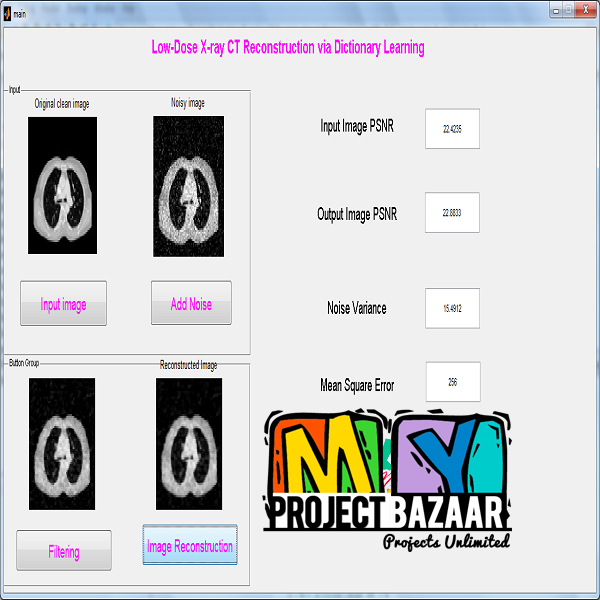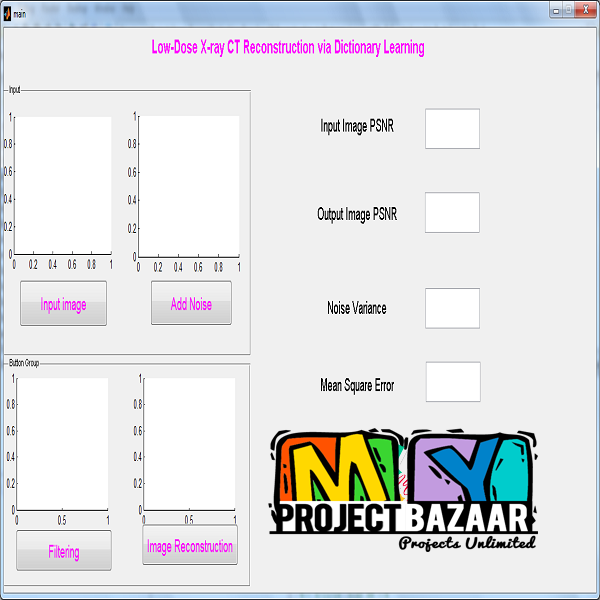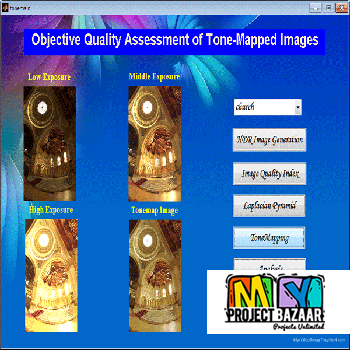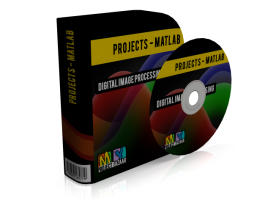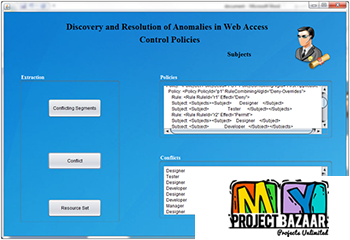
Parallel Augment Lagrangian Relaxation Method for Transient Stability Constrained Unit Commitment
Product Description
Parallel Augment Lagrangian Relaxation Method for Transient Stability Constrained Unit Commitment
Abstract—Parallel Augment Lagrangian Relaxation Method for Transient Stability Constrained Unit Commitment. This paper presents a transient stability constrained unit commitment (TSCUC) model which achieves the objective of maintaining both transient stability and economical operation. In the TSCUC model, transient stability constraints are incorporated into the framework of unit commitment. In order to solve TSCUC problem, < Final Year Projects > augmented Lagrangian relaxation (ALR) combined with variable duplication techniques and the auxiliary problem principle (APP) is used to decompose the TSCUC problem into two sub-problems: one sub-problem is a traditional unit commitment (UC) problem with prevailing constraints; another sub-problem is modeled as a transient stability constrained optimal power flow (TSCOPF) problem. The first sub-problem is solved by dynamic programming, while the second sub-problem is solved using a reduced-space interior point method. In ALR, an efficient hybrid sub-gradient method is developed to update all Lagrangian multipliers. The iterative process continues until the duality gap is sufficiently small. Finally, case studies show that the proposed methodology is very efficient for solving TSCUC problems within a parallel computing framework.
Including Packages
Our Specialization
Support Service
Statistical Report

satisfied customers
3,589
Freelance projects
983
sales on Site
11,021
developers
175+Additional Information
| Domains | |
|---|---|
| Programming Language |


